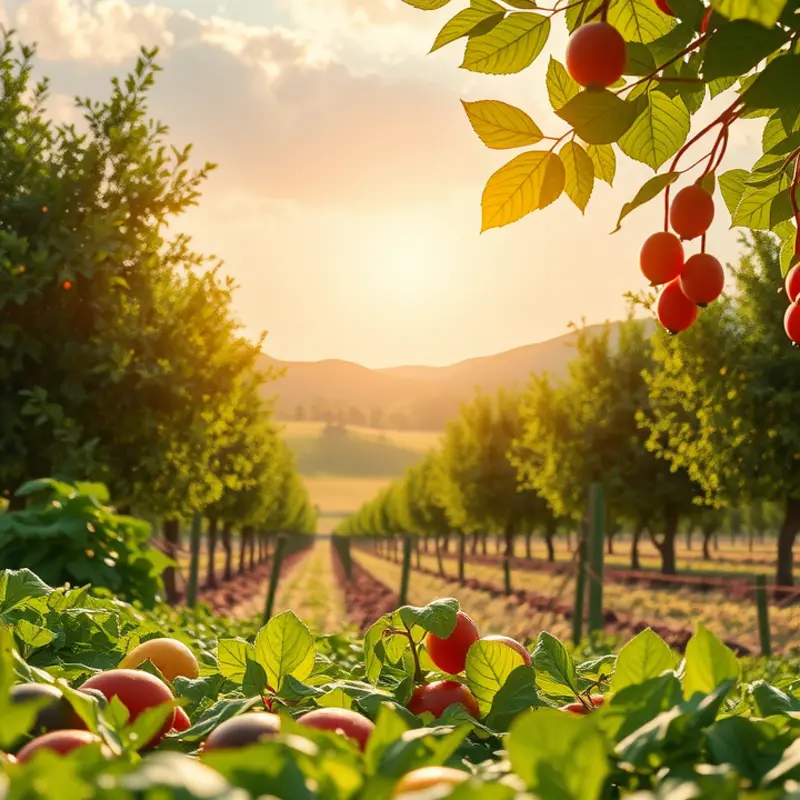Fire is one of humanity’s oldest cooking methods, bridging cultures and generations. The art of cooking over open flames has nurtured communities, enriched cuisines, and brought families together across the globe. From South America’s smoky barbecues to Africa’s traditional braais, these fire-cooked dishes are imbued with cultural significance that transcends mere sustenance. Embracing the stories and flavors tied to this primal method invites us to rediscover age-old traditions and the communal joy of sharing meals prepared with care and passion.
The Ancient Art of Fire Cooking

The allure of cooking over open flames is steeped in history and fascination. Fire cooking is not just a method of preparing food; it is an essential part of the human story. This ancient technique has evolved alongside humanity, nurturing communities and inspiring culinary traditions across the globe.
From grilling to smoking, the methods of fire cooking are diverse. Perhaps the most universally practiced among them is grilling. This technique, where food is cooked directly over open flames or hot coals, can be found in various cultures. For instance, the Korean tradition of gogigui transforms marinated meats into sumptuous communal meals, while the South African braai showcases a social aspect akin to a celebration.
Roasting is another timeless technique where heat surrounds food, cooking it evenly on all sides. Historically, this was done by turning food on a spit over an open flame—an age-old practice seen from medieval Europe to ancient China. In the Middle East, whole lambs are skillfully roasted, yielding tender and flavorful meat that symbolizes hospitality and community.
Smoking, both a preservation and flavor enhancement technique, also plays a significant role in fire cooking. Indigenous peoples in North America have long used smoking to preserve fish and meats, imbedding them with rich, smoky flavors. In the Caribbean, jerk seasoning transforms chicken and pork into spicy, fragrant dishes smoked over pimento wood.
The materials used in fire cooking add unique flavors and characteristics to the food. Wood, known for its distinct flavors and aromas, varies widely based on its source. Hickory and mesquite, for example, are popular in American barbecue for their robust, smoky profile. Charcoal, preferred for its consistent heat, enables dishes like the Argentine asado, a testament to the cultural emphasis on perfectly grilled beef.
Herbs and leaves are also incorporated into fire cooking around the world to impart additional layers of flavor. In Southeast Asia, banana leaves encase fish while it roasts, infusing it with a subtle sweetness and protecting it from the flame. Mediterranean clay ovens, or tandoors, see the addition of spices and herbs to the baking process, enriching the embedded flavors tenfold.
Cultural practices significantly shape how these techniques are employed. In India, the traditional tandoor baking method involves high heat and spiced marinades, resulting in naan and kebabs with distinct charred flavors. Meanwhile, across the shores of the Baltic Sea, chilly climates make hot smoking a favored technique for fish, retaining moistness and resilience against winter chills.
Fire cooking remains not only a culinary practice but also a cultural touchstone, deeply rooted in tradition and social connection. Its continued popularity underscores the enduring appeal of crafting flavors with fire, enticing us to gather and celebrate around its warmth.
For more on global culinary influences, consider exploring Culinary Influences & Trade, which dives into how trade has shaped the dishes we enjoy today.
Global Flavors: Celebrating Fire-Cooked Dishes

Embracing the primal allure of fire, culinary traditions worldwide have evolved into vibrant expressions of local culture. The Argentinian asado, robust and communal, stands as more than just a meal. It’s a celebration of camaraderie where large cuts of beef, seasoned simply with salt, flame-roast over hot embers, often accompanied by choripán and chimichurri. Family members gather around the asador, sharing stories, laughter, and the simple joy of eating together in an atmosphere suffused with the aroma of charring meat.
Across the Caribbean, the tradition of jerk chicken originates from Jamaica’s rich history. This dish features chicken marinated in a fiery blend of spices and herbs, including allspice, Scotch bonnet peppers, thyme, and garlic. These ingredients reflect a fusion of African, Taino, and European influences. Cooking jerk is both art and performance, as chefs expertly manage wood-fired pits or oil drums to achieve the perfect smoky char. Jerk chicken is not just a meal; it’s a cultural icon, evoking the island’s rhythmic music and vibrant festivals.
Moving to the Middle East, shawarma transports us to bustling markets scented with exotic spices. This dish involves marinating thinly sliced lamb, chicken, or beef in a blend of cumin, turmeric, and cardamom before slow-roasting it on vertical rotisseries. Shawarma is served in warm pita or flatbread, often with garlic sauce and pickles, symbolizing the generous hospitality characteristic of Middle Eastern cultures. Street vendors skewering and slicing the meat are as much a part of the sensory experience as the dish itself, creating a connection between the cook and the community.
In each of these traditions, the act of cooking over fire is a spiritual experience, enhancing flavors while fostering human connections. The simplicity of this method creates a canvas where regional ingredients shine, and storytelling around the fire nurtures bonds and traditions. Fire-cooked meals remind us to slow down and appreciate how food can unite us, transcending borders and generations.
For those keen on integrating such global flavors into their own meals, considering practical ingredient batching could be a valuable approach. This strategy allows for seamless planning and preparation, making it easier to explore these rich culinary traditions at home. The legacy of cooking with fire is not merely about sustenance but about reconnecting with our roots, celebrating diversity, and embracing the warmth that only fire-cooked meals can provide.
Final words
Cooking over fire is not just a culinary method; it’s a celebration of heritage, flavor, and community. Each dish tells a story infused with history and cultural significance, Transporting individuals to distant lands with every smoky bite. Embracing fire-based cooking invites food enthusiasts to understand its rich tapestry and to appreciate the unique global traditions it embodies. As we gather around flames, we reignite connections, cherish shared rituals, and cultivate new stories while celebrating ancient practices. Whether through backyard barbecues or traditional feasts, the heartwarming embrace of fire cooking will always foster togetherness, nourishing both body and soul.








